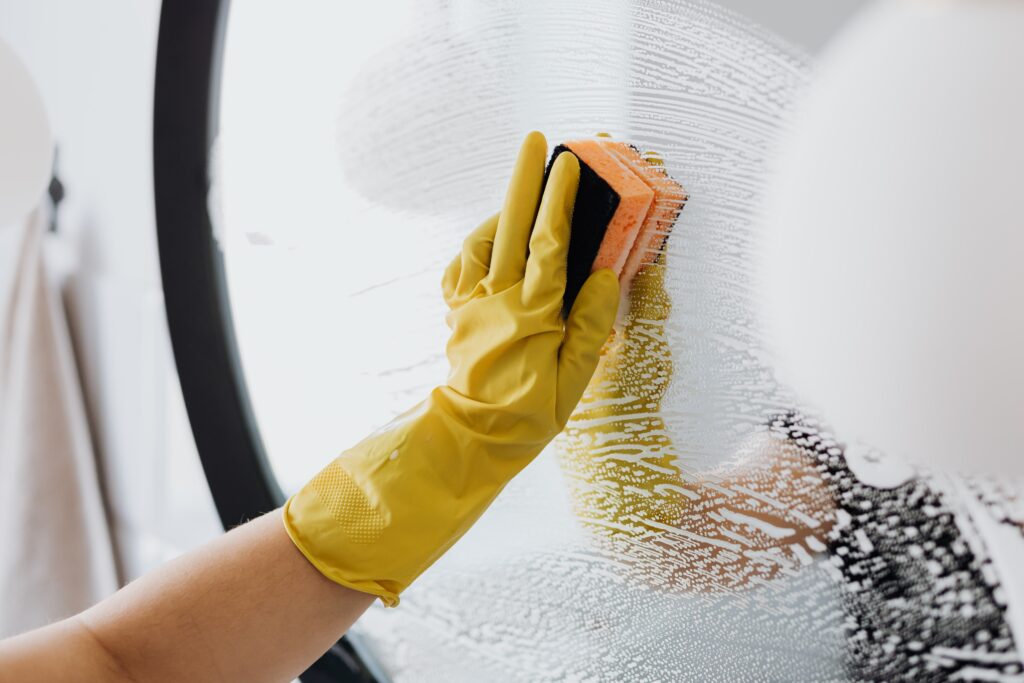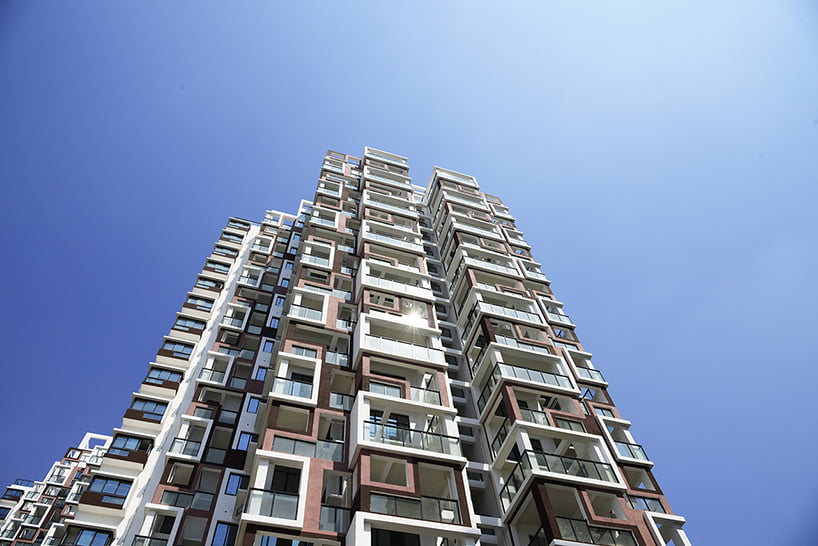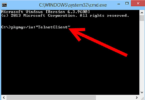The unintended penetration of water into a building or structure is referred to as water ingress, water intrusion, or water infiltration.
All of these terms mean the same thing. This may result in a variety of issues, including structural damage, the formation of mould, and a reduction in the quality of the air within the building.
In this article, we will investigate the myriad of factors that may lead to water ingress and investigate the many preventative measures that can be taken.
The Following Are the Causes of Water Ingress:
1. Inadequate Construction/Building Quality:
When a structure is being built, there is always the possibility that weak spots can develop, which might then allow water to penetrate the building. These risks may be the result of seams that are poorly sealed, windows and doors that are improperly located, or waterproofing materials that are insufficient in quantity.
2. Issues with the Roofing:
A roof that is either damaged or positioned wrongly is one of the most prevalent factors that leads to water seepage into the inside of a building. A roof that has missing shingles, damaged flashing, or gutters that are clogged with debris may suffer water intrusion during times of precipitation or snowmelt if the conditions are right for it.
3. Fractures and Gaps:
Water might get into the building if there are cracks in the structure, gaps in the building envelope, or if the seals surrounding the openings have deteriorated. Water may enter the structure via any openings, including cracks and gaps.
4. Improper Grading:
Landscaping that isn’t correctly graded around a building may lead water towards the foundation, which enhances the possibility that there will be leaks in the basement and that there will be moisture in the walls. In addition, improper grading may cause a structure to settle unevenly, which may also cause foundation problems.
5. Drainage Systems That Are Defective Or Insufficient
Drainage systems that are defective or insufficient, such as downspouts that don’t operate correctly or French drains that aren’t sufficient, may contribute to the accumulation of water around a building. Some examples of this include downspouts that don’t work properly or French drains that aren’t sufficient.
Strategies for Preventive Measures
1. Regular Inspections:
It is important to do periodic checks of the building’s exterior, interior, and roof in order to detect any possible weak spots or symptoms of water damage. Deal with any problems as soon as you discover them.
2.Building Maintenance Procedures:
During the construction of your building, you should make sure that high-quality materials and correct construction processes are used. Maintaining your roof, windows, and doors on a regular basis can help avoid leaks.
3. To achieve an effective level of waterproofing,
Apply waterproofing coatings and sealants to susceptible surfaces such as foundations, windows, and door frames. During building, you may want to think about employing barriers that are resistant to the weather.
4. Maintenance of the Roof:
Perform routine checks and maintenance on your roof. In order to guarantee adequate drainage, you should fix any broken shingles, clear out the gutters, and make any necessary repairs to the flashing.
5.Landscaping and Grading:
It is important to grade the terrain in such a manner that it slopes away from the building’s foundation in order to divert water away from the building. To prevent water from collecting, a good drainage system should be installed.
6. Window and Door Seals:
It is important to install and maintain weatherstripping around windows and doors in order to prevent water from getting in via cracks.
7. Ventilation and Dehumidification:
In order to lower the likelihood of condensation and the development of mould within the building, it is important to ensure that there is enough ventilation and humidity management.
8. Ongoing Preventative Measures:
Maintain a high level of vigilance with regard to routine upkeep activities such as cleaning gutters, examining seals, and repairing cracks. When it comes to preventing water intrusion, preventative steps may go a long way.
9. Professional Assistance:
Consult with experts in the field, such as architects, contractors, and waterproofing consultants, if you are unclear about the state of your building or how to successfully avoid water intrusion.
In conclusion, water penetration into buildings may result in significant damage as well as health problems for the occupants.
You may protect your building against water-related issues by first gaining an awareness of the factors that contribute to the problem, and then taking the necessary preventative steps.
In order to protect your building against water damage and extend its lifespan, it is essential to do routine maintenance, follow construction standards and regulations, and engage with waterproofing consultants.









Leave a Comment
You must be logged in to post a comment.